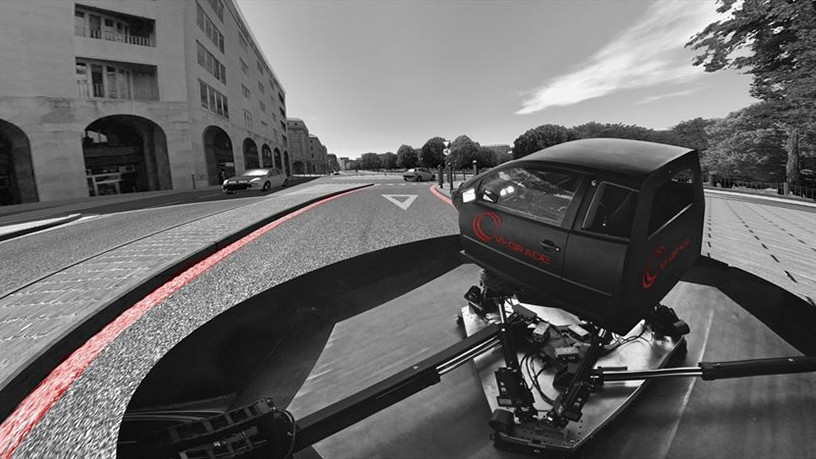
Honda will be the first motoring company in the world to invest in new simulation technology that provides R&D testers with an experience that is as close as currently possible to real driving.
The simulator, which is based on new DiM250 (Driver-in-Motion) architecture, will be placed at the Honda technical centre in Germany for next-generation vehicle development and testing.
Most driving simulators make use of motion technology derived from flight simulators, and typically use six actuators to deliver six 'degrees of freedom'.
However, according to VI-grade - the company that created the DiM250 system, to accurately reproduce vehicle ride, handling and acceleration characteristics within a single simulator, nine actuators are needed to create additional ranges of motion. The DiM250 system uses nine.
"We expect to use DiM250 primarily for vehicle dynamics and ride applications, as well as using it as a crucial tool to develop and test our ADAS, HMI, powetrain and autonomous driving technologies earlier in the design process," says Yasunori Oku, executive VP for Honda R&D Europe.
The DiM250 system is electrically-driven and the whole system moves by sliding on airpads, rather than using additional mechanical rails. The airpads counterbalance the high payloads and dynamic loads, and help to make the simulator extremely stiff, silent and reliable.
Honda says the integration of Software-in-loop (SIL) and Hardware-in-loop (HIL) applications within the simulator will enable designers and engineers to evaluate advancements in the vehicle development cycle before physical prototypes have even been built. It will also allow the simulator to more accurately imitate problem scenarios to test safety systems and controls.
Share